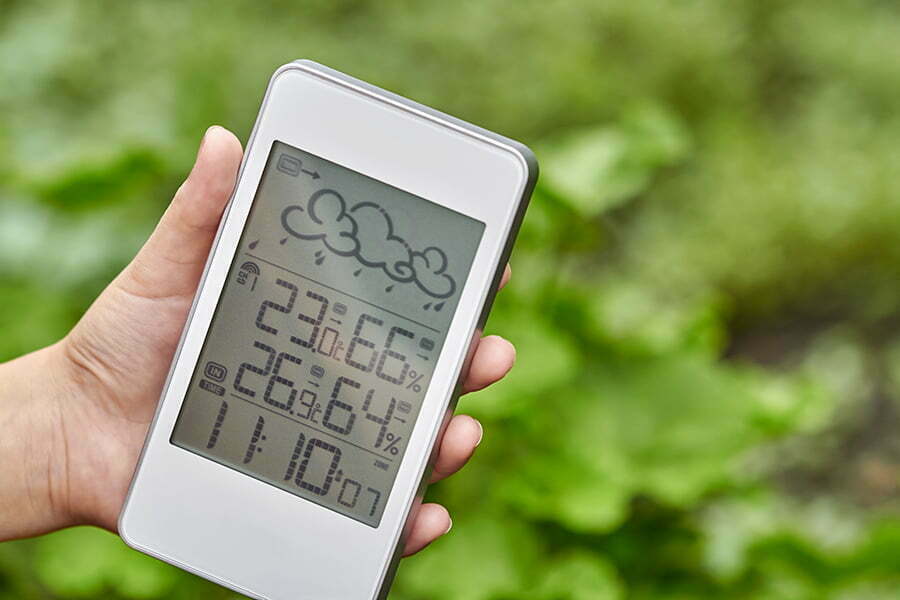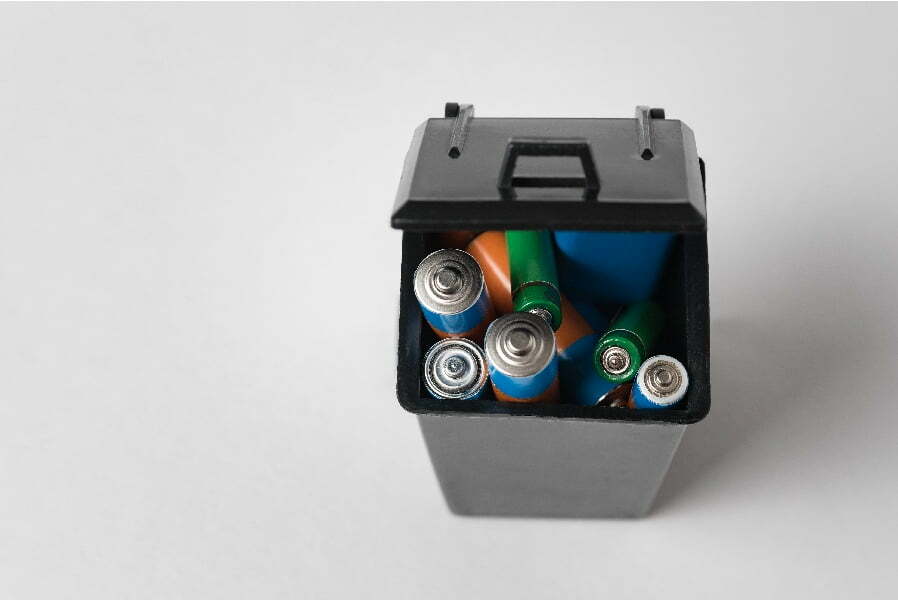Yes, you can check air quality with your phone.
Have you ever wondered if checking air quality with your phone is possible? With technological advances, it is now possible to use your smartphone to monitor air quality levels in your home or workplace. This can help protect yourself and those around you from harmful pollutants and allergens that can cause health issues.
This blog post will explore how to use your phone to check air quality and what types of apps are available.
Air Quality Sensors

These sensors can be used to detect a variety of different pollutants, including particulate matter (PM), ozone (O3), nitrogen dioxide (NO2), and sulfur dioxide (SO2). By measuring these concentrations, air quality sensors can indicate how clean or polluted the air is in a given area.
Technological advances have recently allowed people to check their local air quality with their phones. Smartphone apps allow users to access real-time data from nearby air quality sensors.
This data can then be used to determine whether or not it is safe to go outside and breathe the surrounding air. Some apps also offer advice on protecting oneself from poor air quality if necessary.
Air Pollution Monitoring Apps

These apps use data from local air quality sensors and other sources to provide real-time information about ozone, nitrogen dioxide, carbon monoxide, and particulate matter levels in the atmosphere. The app can also show a forecast of expected air quality for upcoming days.
This allows users to plan activities accordingly and take necessary precautions if needed. Some apps also offer tips on reducing exposure to poor air quality or provide advice on what protective gear is best suited for different pollution levels.
Phone-based Air Quality Testing Kits

These kits typically come with a small device that attaches to the user’s phone and uses sensors to detect various pollutants in the air, such as particulate matter, carbon dioxide, and volatile organic compounds. The device then sends data back to an app on the user’s phone, which can be used to track changes in air quality over time.
This allows users to monitor their environment for potential health risks associated with poor air quality and take steps accordingly.
Air Quality Index (AQI)

It is calculated by measuring the levels of ozone, carbon monoxide, sulfur dioxide, and nitrogen dioxide in the air. The AQI ranges from 0 to 500, with higher numbers indicating worse air quality.
A 0-50 indicates good air quality; 51-100 indicates moderate air quality; 101-150 indicates unhealthy for sensitive groups; 151-200 indicates unhealthy; 201-300 is very unhealthy; and 301-500 is hazardous. It is possible to check the AQI with your phone using apps or websites that provide accurate time information about local air pollution levels.
These apps use data from government agencies or other sources to accurately read how clean or polluted your local environment is at any given moment. By checking your phone regularly for updates on AQI readings, you can stay informed about changes in your local environment and take steps to protect yourself if necessary.
Real-time Data Tracking

This means that the data collected can be used to measure the current levels of pollutants in the air, such as ozone, carbon dioxide, and particulate matter. By using sensors connected to a smartphone or other device, users can track changes in air quality over time and receive alerts when levels become too high.
This allows people to take action quickly, if necessary, and make informed decisions about their health and safety. This type of monitoring can help identify sources of pollution so that they can be addressed more effectively.
Health Risks Associated With Poor Air Quality

Inhaling polluted air can cause respiratory and cardiovascular problems, such as asthma, bronchitis, heart disease, stroke, and cancer. Long-term exposure to poor air quality can also lead to chronic illnesses like COPD (Chronic Obstructive Pulmonary Disease) or emphysema.
People with existing medical conditions are especially vulnerable to the effects of poor air quality because their bodies may not be able to cope with the additional strain of breathing in polluted air. Children and older adults are also more susceptible due to weaker immune systems.
Poor air quality can also affect mental health by causing stress, anxiety, and depression in those exposed for long periods.




